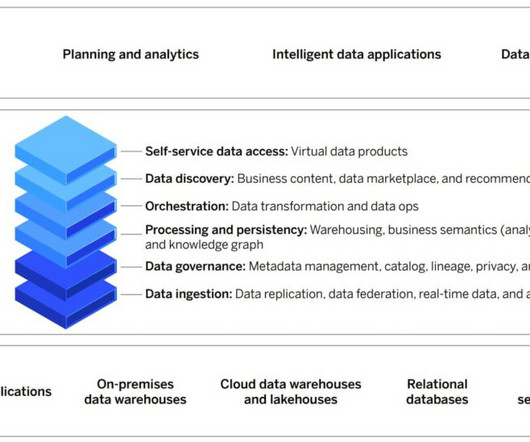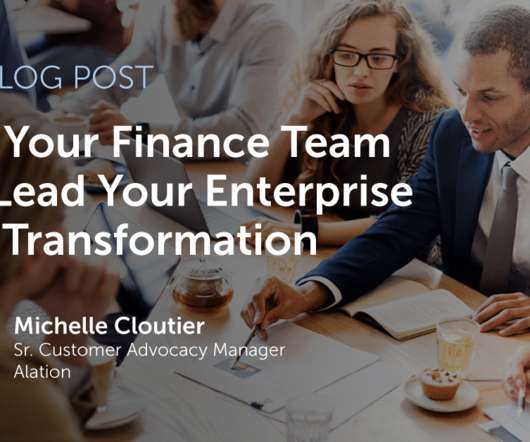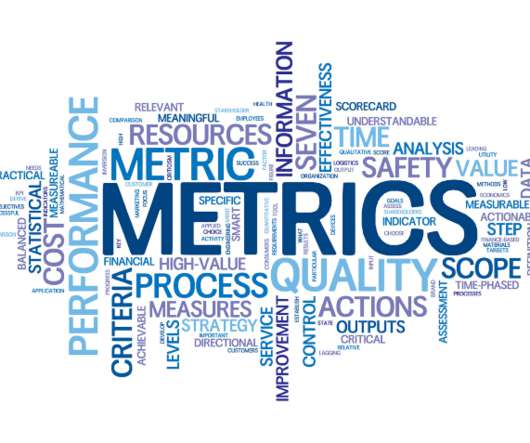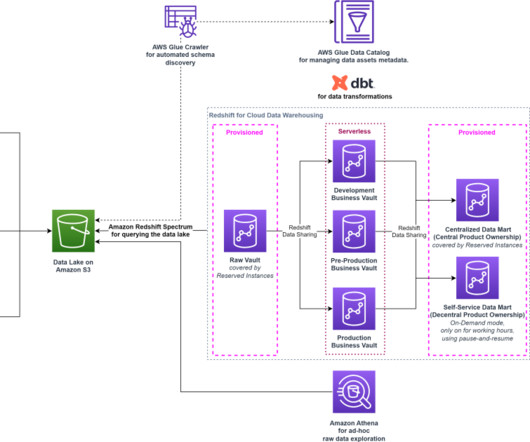SAP Datasphere Powers Business at the Speed of Data
Rocket-Powered Data Science
MARCH 20, 2023
Datasphere goes beyond the “big three” data usage end-user requirements (ease of discovery, access, and delivery) to include data orchestration (data ops and data transformations) and business data contextualization (semantics, metadata, catalog services).























Let's personalize your content